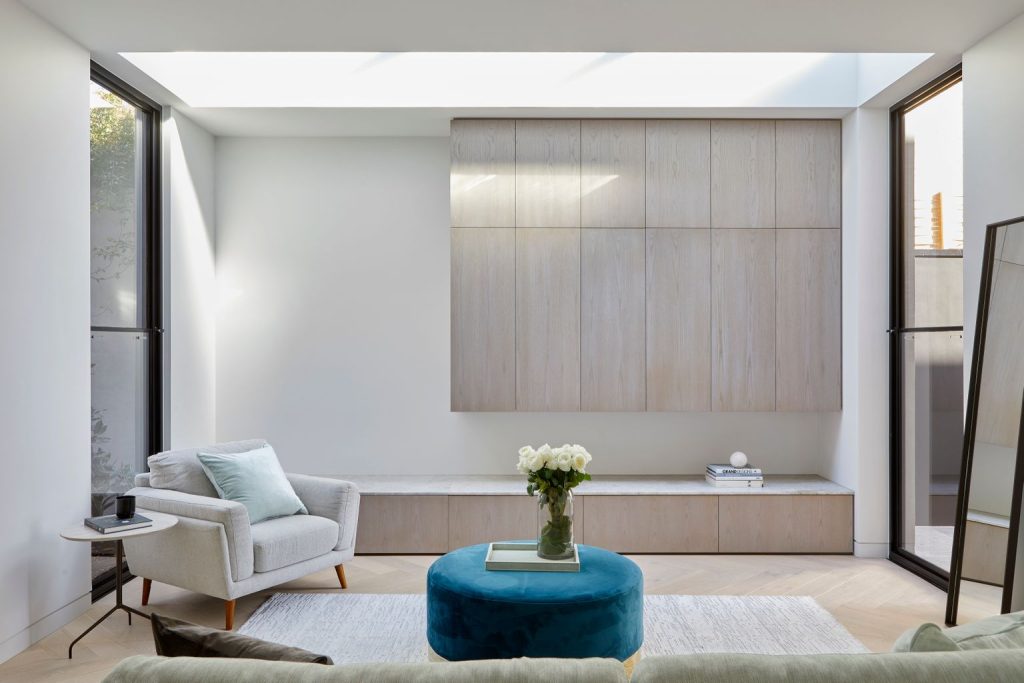If 2023’s investor market has had a running theme, it would be the steady rise in rents. In the year to September, Melbourne’s annual increase in rent was 7.1 per cent for houses and 14.3 per cent for apartments, according to the latest REIV figures.
Unit asking rents have bucked the usual data trend by increasing significantly more than houses and it’s the city fringe seeing the greatest movement. Inner Melbourne experienced a 17.6 per cent jump in unit rents while houses were up 4.5 per cent.
Although there are a number of factors buoying local rental prices, Director of Property Management at Kay & Burton, Cath Stubbings, said rises come down to the simple laws of supply and demand.
A fundamental stock shortage
Less available rental accommodation across Melbourne means well-located quality homes are in high demand.
“Perhaps the Covid bounce back could account for what was happening with rents in the first half of the year—as we were coming off a lower base—but as the market returned to normality the big issue became a lack of stock,” Cath says.
Metropolitan Melbourne’s median rent price for houses increased 2.9 per cent to $530 per week in the September quarter, up from $515. Units increased 4.3 per cent from $460 per week to $480.
Vacancy rates are further drawing the supply versus demand picture. According to SQM Research, Greater Melbourne’s October vacancy rate sat at 1.2 per cent, lower than the 1.5 per cent recorded last year with the inner city particularly experiencing the squeeze.
“Our vacancy rate is currently at 1.2 per cent across our Melbourne offices. In more regular markets we usually see vacancy rates hold around 2-3 per cent, which provides a healthy level of supply and demand. When vacancy rates are below these levels this means prices go up as renters compete for a smaller pool of available properties. These conditions tend to favour rental providers but can prove more challenging for renters. Rental hotspots right now are South Yarra, Prahan, St Kilda, Hawthorn, and Middle Park. All areas very tightly held among renters.”

The tightening of supply
A post-pandemic return to the city, an increase in immigration and rental providers reducing their investment portfolios have all created the perfect storm pushing up prices.
“We’ve felt a shrinking supply for about 12 months. There aren’t enough new developments coming to the market, international borders have reopened with more than $600,000 new arrivals coming to Australia in 2023, and we’re also seeing some rental providers leave the market,” Cath says.
New research from industry body Property Investment Professionals of Australia (PIPA) shows 24.8 per cent of investors sold at least one property in Melbourne with 31.35 per cent selling in Victoria.
“There are a number of reasons they’re selling. For some it’s the rising interest rates, for others it’s the land tax. For those who’ve been able to ride out the wave of rising costs they’re now seeing strong returns on their investment properties, the likes of which have not been seen for many years,” Cath says.
And the higher rental yields on offer are attracting new rental providers into the market, with 51 new rental providers welcomed to Kay & Burton in October.
Finding the future-proof investments
With rising rents and capital growth back on the table, rental providers entering the market are likely to see solid returns and long-term tenancies in some of Melbourne’s hotly sought after pockets and property types.
“Some of the greatest demand is for two-bedroom apartments or quality small houses between $500 and $800 per week, anything to suit young professionals seeking both lifestyle amenities and great connectivity to the city,” Cath says.
As apartment rents across Melbourne rise faster than houses, it’s clear renters are choosing location and affordability over space.
“Amidst the Covid era, houses gained popularity as people required space to work from home, but now there’s been a shift in that trend.”
Simultaneously, Cath says Kay & Burton is achieving strong results in the luxury rental sector.
“This prestige rental market also been really buoyant. Recently we had an off-market property receive multiple applications at $3000 per week, which was approximately $500 more than expected. Some of the luxury penthouses on St Kilda Road are now achieving between $3000 and $4000 per week. Melbourne’s top end is proving to be immune to some of the other factors facing the wider marketplace.”
Ultimately, as we close 2023 and head towards a new year on the property calendar, 2024 is looking like a good time to become a rental provider given increasing rental yields and the solid supply of renters seeking quality homes throughout Melbourne.
